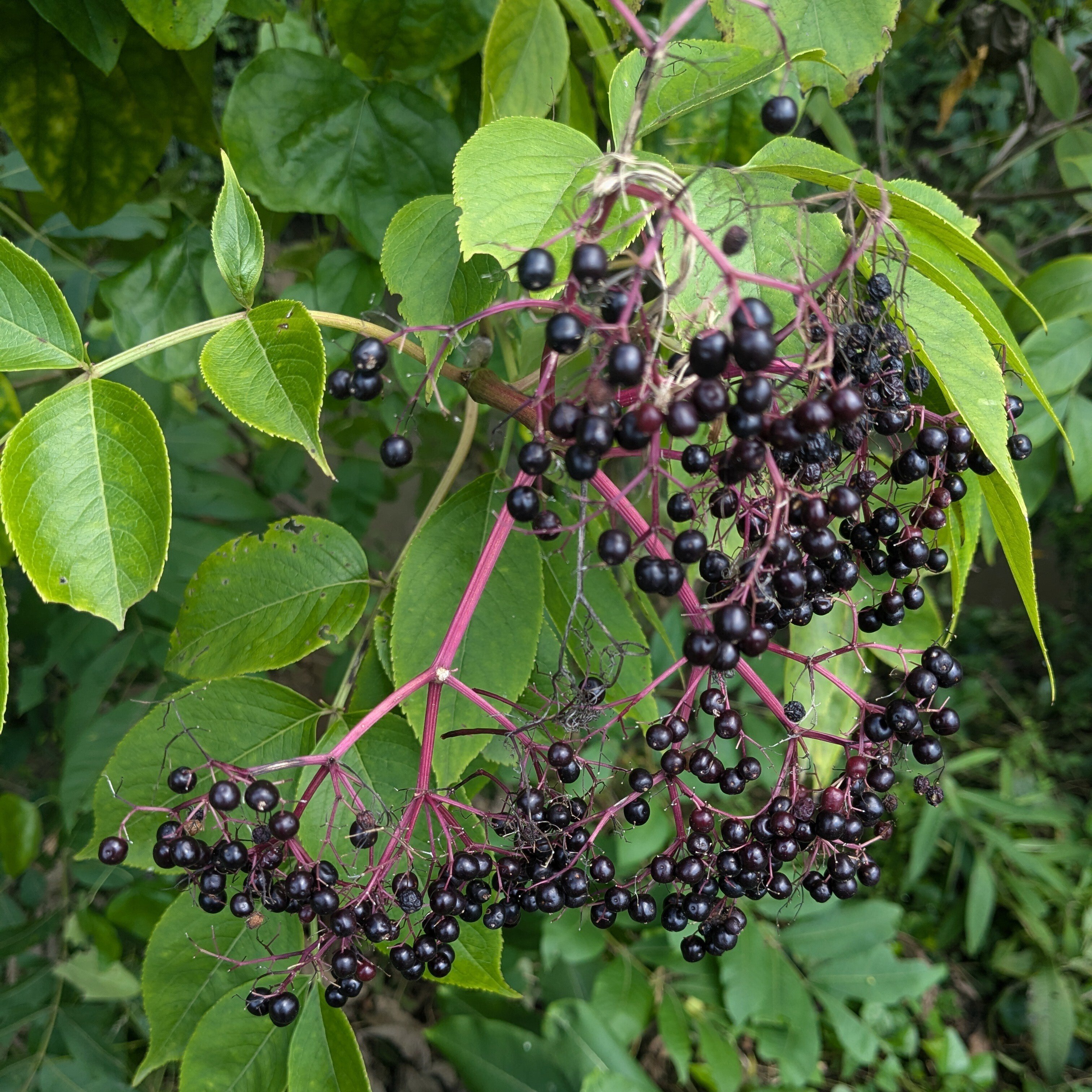this post was submitted on 20 Aug 2024
79 points (96.5% liked)
Forage Fellows 🍄🌱
527 readers
2 users here now
Welcome to all things foraging! A new foraging community, where we come together to explore the bountiful wonders of the natural world and share our knowledge of gathering wild goods! 🌱🍓🫐
founded 1 year ago
MODERATORS
you are viewing a single comment's thread
view the rest of the comments
view the rest of the comments

S nigra is toxic too. You won't die from eating a few but it's still dangerous, especially to children. It must be cooked to break down the poison. It grows all over in my yard and I have to treat it like poison ivy.
https://www.cdc.gov/mmwr/preview/mmwrhtml/00000311.htm
First, this case involves S. mexicana, not S. nigra. Second, the issue was they included the leaves and branches which are known to be toxic. We wouldn’t call cherries poisonous but the wilted leaves can be very dangerous to consume.
The black and blue species of elderberry are widely eaten. I’m unaware of any well-documented cases of poisoning by eating any quantity of ripe berries. The evidence suggests this is a myth. Sam Thayer documents the evidence in one of his books, I’ll maybe post some excerpts if people are curious. He’s a forager who writes very detailed accounts of his own experiences but also does extensive research to unravel a lot of myths about edible wild plants.
And, as I said, I’ve personally eaten reasonable quantities (way more than a few, maybe around 1 cup) raw, ripe berries with no ill effects. If there is any toxic component in the berries, it must be so insignificant as to require a very high dose to cause any noticeable effects.
I love Sam Thayer!